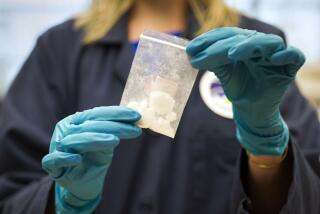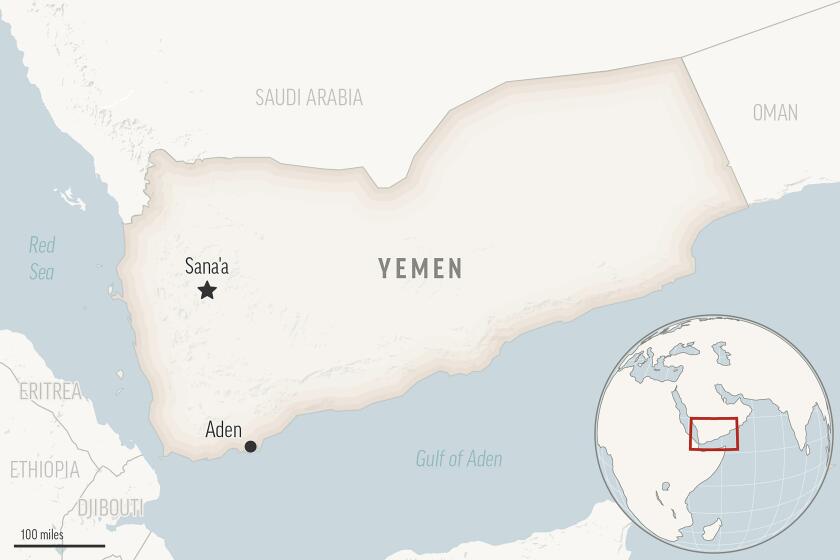Firms Emit Huge Volume of Toxins, Report Says
- Share via
WASHINGTON — The nation’s major chemical firms, engaging in what one lawmaker likened to a slow-motion version of December’s poison gas disaster at Bhopal, India, are annually releasing thousands of tons of toxic and cancer-causing gases into the air around their factories, according to a House subcommittee report issued Tuesday.
The report, a survey of toxic air pollution by 67 chemical firms, documents large releases of such cancer-causing chemicals as acrylonitrile, chloroform, benzene and formaldehyde from hundreds of plants operated by the firms. It was released at a hearing on chemical-industry safety held by two environmental subcommittees of the House Commerce Committee.
The chairman of one of the panels, Rep. Henry A. Waxman (D-Los Angeles), said that the survey raises serious concerns about whether industry and federal regulators are protecting the public from diseases caused by long-term exposure to chemicals.
While massive gas releases like the one that occurred at Union Carbide Corp.’s Bhopal pesticide plant can kill thousands in a matter of hours, Waxman said, “if you get smaller doses of some of these chemicals over a longer period of time, you die as well.”
The Environmental Protection Agency has not set limits on air releases of most hazardous gases. EPA scientists say that, so far, they have not proved that the gases are concentrated enough in any one area to pose a health risk.
However, Waxman said that the survey “points to high levels of carcinogens” being vented by some chemical plants, which he said may create genuine risks for persons living nearby.
Health Threats Denied
Executives of four chemical firms appearing at the hearing generally denied that pollution from any of their plants poses a health threat.
“When we do our measurements just outside the fence line” of factories, “we find the levels are so low they pose no hazard to the communities,” said H. Donald Feeney, a vice president of Borg-Warner Chemicals Inc. Borg-Warner’s Parkersburg, W. Va., plant is listed in the survey as emitting 499 tons a year of acrylonitrile, a potent carcinogen.
However, a government scientist testified at the hearing that persons living near polluting factories suffer an increased risk of cancer or other diseases “if some of the (hazardous) material gets to the air that those people are breathing.”
But the degree of risk cannot be gauged without more data on the actual levels of gas in the air near the 67 companies’ plants, said Dr. Peter Infante, a scientist with the Occupational Safety and Health Administration.
The survey released Tuesday expanded on charges made by Waxman in December that Union Carbide and other chemical firms are routinely venting large quantities of toxic gas in West Virginia’s Kanawha Valley, where Union Carbide operates a plant similar to the one in Bhopal.
In a related matter, the House subcommittees heard Warren M. Anderson, Union Carbide’s board chairman, offer support for federal legislation that would regulate hazardous air pollutants and require more public disclosure of information about hazardous chemicals by the companies that make or use them.
Anderson said also that his firm has begun engineering work aimed at reducing all toxic gas emissions from its U.S. and foreign factories.
More to Read
Sign up for Essential California
The most important California stories and recommendations in your inbox every morning.
You may occasionally receive promotional content from the Los Angeles Times.













